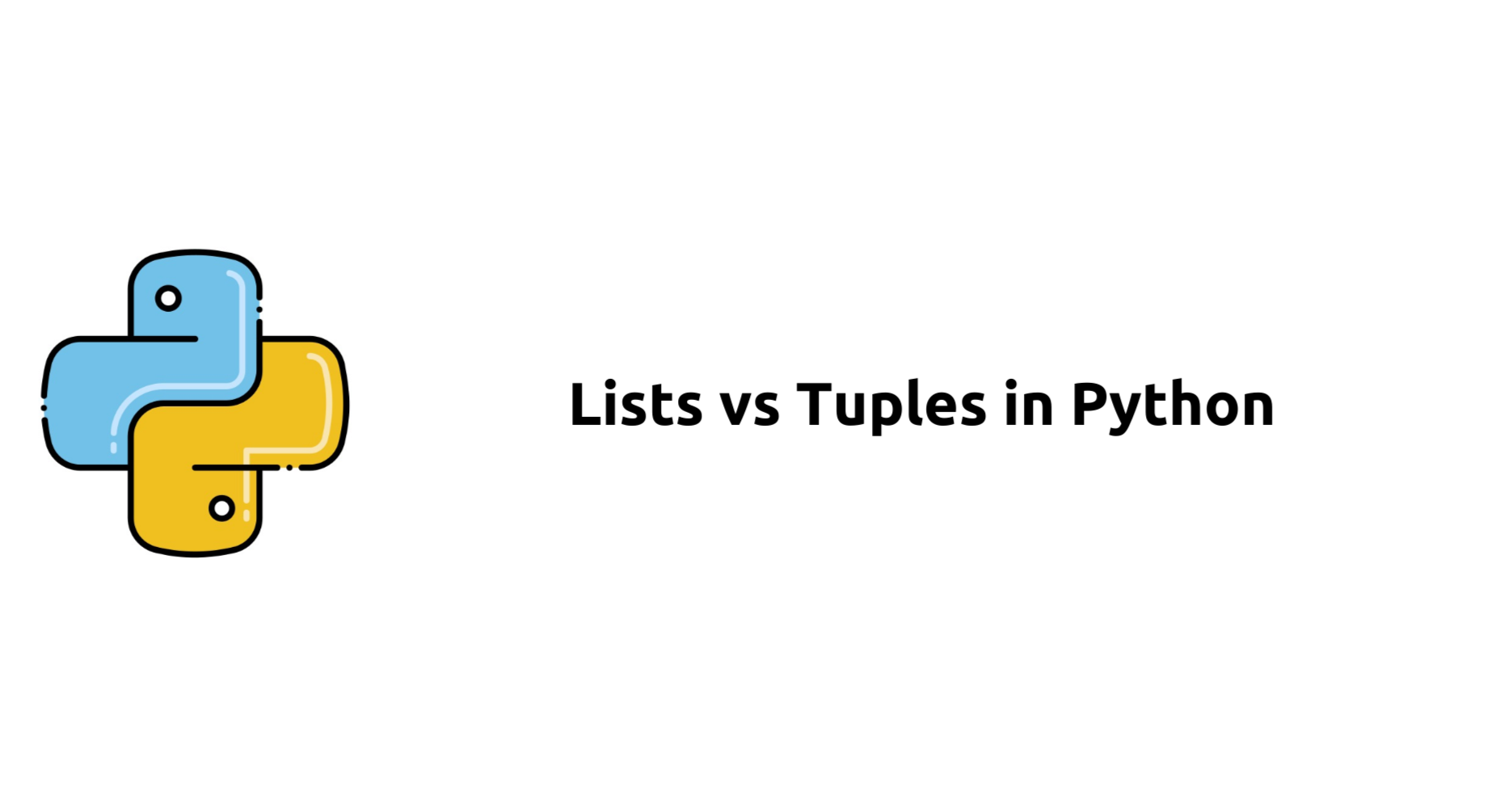Lists vs Tuples in Python
 Saurabh Adhau
Saurabh AdhauTable of contents

Introduction
In the realm of Python programming, understanding the differences between lists and tuples is fundamental for effective data management and manipulation. While both are used to store collections of items, they possess unique characteristics that make them suitable for different scenarios. In this comprehensive guide, we'll explore the distinctions between lists and tuples, delve into their commonalities, and provide best practices for leveraging each data structure effectively.
Lists vs Tuples: An Overview
Common Characteristics:
Both lists and tuples are used to store collections of items.
They support indexing and slicing operations to access elements.
Elements within both lists and tuples can be of any data type, including integers, strings, and even other lists or tuples.
Key Differences:
Mutability:
Lists: Lists are mutable, meaning their elements can be modified after creation. Elements can be added, removed, or modified using various list methods.
Tuples: Tuples are immutable, meaning once created, their elements cannot be modified. Tuples do not have methods for adding or removing elements.
Syntax:
Lists: Lists are defined using square brackets
[ ].Tuples: Tuples are defined using parentheses
( ).
Performance:
Lists: Due to their mutable nature, lists may require more memory and processing overhead compared to tuples.
Tuples: Tuples are more memory-efficient and may offer better performance for certain operations, especially when dealing with large datasets.
Best Practices for Lists and Tuples
Best Practices for Lists:
Use Lists for Mutable Data: Lists are suitable for scenarios where data needs to be modified or updated frequently.
Dynamic Data Storage: Lists are ideal for storing data that may change over time, such as user input or dynamically generated data.
Data Manipulation: Utilize list methods such as
append(),remove(), andextend()for adding, removing, or modifying elements as needed.Iterating Through Data: Lists are well-suited for iteration using loops, comprehensions, or built-in functions like
map()andfilter().
Best Practices for Tuples:
Immutable Data Storage: Tuples are best suited for storing data that should remain constant and unchanged.
Fixed Configuration Data: Use tuples to store configuration parameters, constants, or settings that do not require modification during runtime.
Data Integrity: By ensuring immutability, tuples provide a level of data integrity and security, preventing accidental modifications.
Efficient Data Retrieval: Tuples can be beneficial for scenarios where data retrieval is the primary operation, as they offer better performance compared to lists.
Conclusion
Lists and tuples are both indispensable data structures in Python, each serving distinct purposes in programming and data management. While lists offer flexibility and mutability for dynamic data manipulation, tuples provide immutability and efficiency for storing constant data. Understanding the differences between lists and tuples, along with their respective best practices, empowers Python developers to make informed decisions when selecting the appropriate data structure for their specific use case. By leveraging the strengths of both lists and tuples, developers can optimize their code for efficiency, reliability, and maintainability, ensuring robust data management in Python applications.
Subscribe to my newsletter
Read articles from Saurabh Adhau directly inside your inbox. Subscribe to the newsletter, and don't miss out.
Written by

Saurabh Adhau
Saurabh Adhau
As a DevOps Engineer, I thrive in the cloud and command a vast arsenal of tools and technologies: ☁️ AWS and Azure Cloud: Where the sky is the limit, I ensure applications soar. 🔨 DevOps Toolbelt: Git, GitHub, GitLab – I master them all for smooth development workflows. 🧱 Infrastructure as Code: Terraform and Ansible sculpt infrastructure like a masterpiece. 🐳 Containerization: With Docker, I package applications for effortless deployment. 🚀 Orchestration: Kubernetes conducts my application symphonies. 🌐 Web Servers: Nginx and Apache, my trusted gatekeepers of the web.